Home>Furniture & Design>Interior Design Trends>How To Remove Water Spots On Glass
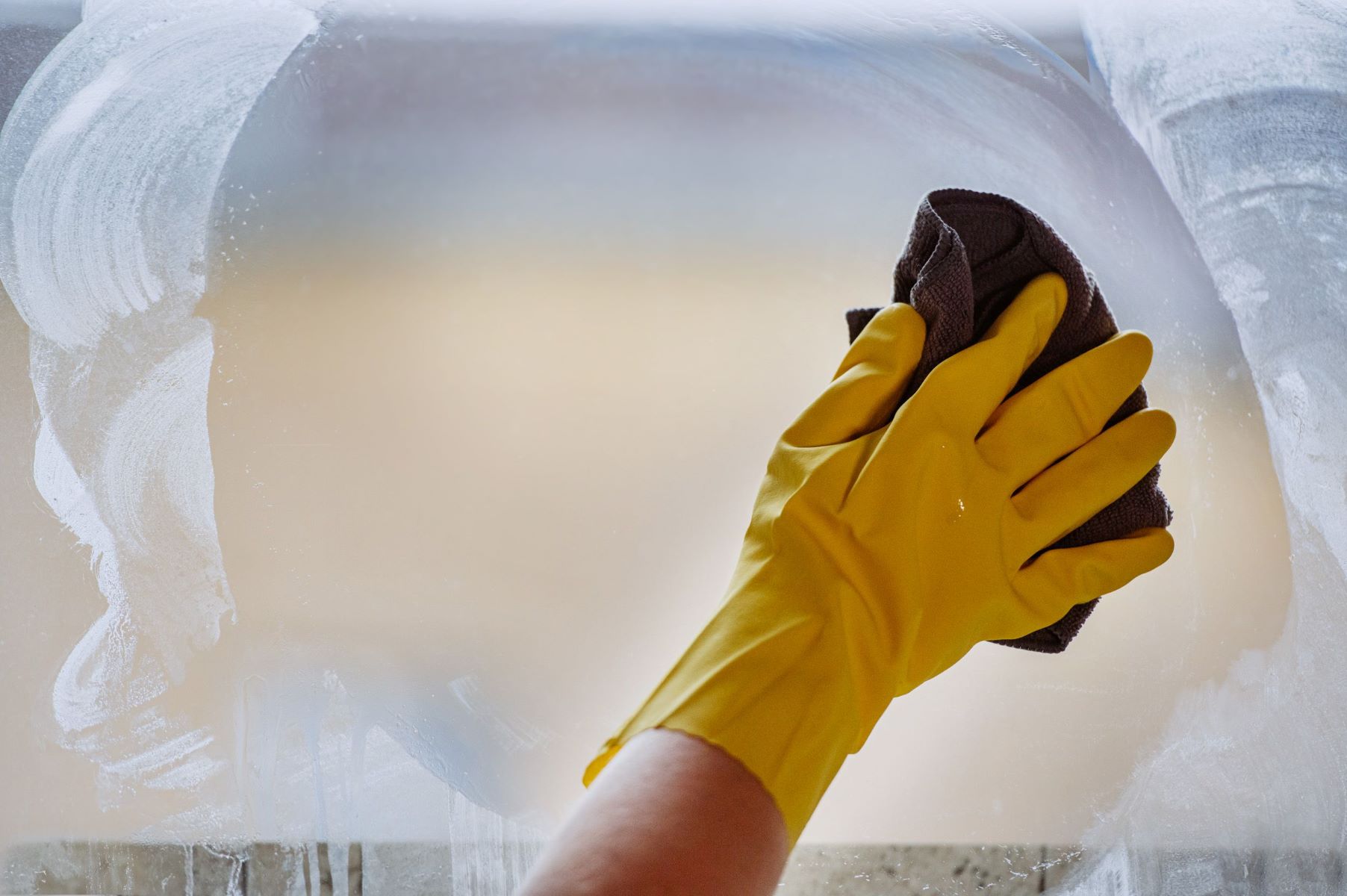

Interior Design Trends
How To Remove Water Spots On Glass
Modified: October 20, 2024
Learn how to effectively remove water spots on glass with our expert interior design tips. Say goodbye to unsightly marks and keep your space looking pristine. Discover the latest interior design trends today!
(Many of the links in this article redirect to a specific reviewed product. Your purchase of these products through affiliate links helps to generate commission for Storables.com, at no extra cost. Learn more)
Introduction
Water spots on glass surfaces can be a frustrating and unsightly nuisance, tarnishing the pristine appearance of windows, shower doors, and glassware. These pesky marks are often caused by mineral deposits left behind when water evaporates, resulting in cloudy or streaky blemishes that can be challenging to remove. Whether you're dealing with water spots on your car windshield, bathroom mirror, or glass tabletop, finding effective methods to eliminate them is essential for maintaining a clear and polished finish.
In this comprehensive guide, we will delve into the various causes of water spots on glass and explore common methods for their removal. Additionally, we will uncover do-it-yourself (DIY) solutions that can help restore the clarity of glass surfaces without the need for harsh chemicals or expensive cleaning products. Furthermore, we will discuss preventive measures to minimize the recurrence of water spots, allowing you to uphold the pristine appearance of your glass items for the long term.
By gaining a deeper understanding of the nature of water spots and discovering practical techniques for their eradication, you can effectively restore the luster of your glass surfaces and keep them looking their best. Whether you're a homeowner, automobile enthusiast, or simply someone who appreciates the beauty of crystal-clear glass, the insights shared in this guide will empower you to tackle water spots with confidence and achieve remarkable results.
Join us as we embark on a journey to uncover the secrets of removing water spots on glass, equipping you with the knowledge and strategies needed to conquer this common challenge. Let's dive into the world of glass care and restoration, where clarity and brilliance await!
Key Takeaways:
- Say goodbye to water spots on glass by using vinegar, rubbing alcohol, and lemon juice. These common household items can effectively dissolve mineral deposits and restore the clarity of glass surfaces.
- Prevent water spots on glass by drying surfaces promptly, using distilled water, and applying protective coatings. These proactive measures help minimize mineral deposits and maintain the pristine appearance of glass items.
Read more: How To Get Water Spots Off Glass
Understanding Water Spots on Glass
Water spots on glass surfaces are a common occurrence that can detract from the overall aesthetic appeal of windows, mirrors, and glassware. These unsightly marks are typically caused by the presence of mineral deposits, such as calcium, magnesium, and silica, which are left behind when water evaporates. When water containing these minerals comes into contact with glass and subsequently dries, it leaves behind visible residues that manifest as cloudy or streaky spots.
The mineral content in water varies depending on its source, with hard water being a primary culprit for the formation of stubborn water spots. Hard water contains elevated levels of minerals, making it more prone to leaving behind noticeable residues on glass surfaces. Additionally, environmental factors such as exposure to rain, sprinkler water, or even water splashes from daily activities can contribute to the accumulation of water spots over time.
The chemical composition of water spots consists of mineral deposits that adhere to the glass surface, creating an uneven and opaque appearance. These deposits can be particularly challenging to remove, as traditional cleaning methods may prove ineffective in fully eliminating them. Furthermore, prolonged exposure to water spots can lead to the development of more stubborn stains, making their removal an even more daunting task.
Understanding the nature of water spots on glass is crucial for implementing effective removal and prevention strategies. By recognizing the underlying causes and characteristics of these blemishes, individuals can make informed decisions when selecting cleaning products and techniques to restore the clarity and brilliance of glass surfaces.
In the next sections, we will explore common methods for removing water spots, delve into DIY solutions for tackling these stubborn marks, and uncover preventive measures to safeguard glass surfaces against the recurrence of water spots. Armed with this knowledge, you will be well-equipped to combat water spots on glass and uphold the pristine appearance of your cherished glass items.
Common Methods for Removing Water Spots
When it comes to combating water spots on glass, several common methods have proven to be effective in restoring the clarity and shine of glass surfaces. These methods encompass both commercial products and DIY solutions, offering a range of options to suit different preferences and requirements. Let's explore these tried-and-tested approaches for removing water spots and rejuvenating glass items:
-
Vinegar Solution: Vinegar, a versatile household staple, is renowned for its effectiveness in combating mineral deposits and water spots on glass. By creating a solution of equal parts white vinegar and water, individuals can apply this mixture to affected glass surfaces using a spray bottle or damp cloth. The acidic nature of vinegar helps dissolve mineral residues, making it easier to wipe away water spots and restore the glass's clarity.
-
Commercial Glass Cleaners: Numerous commercial glass cleaners are specifically formulated to tackle water spots and mineral deposits. These products often contain ingredients designed to break down and lift stubborn residues from glass surfaces, providing a convenient and efficient solution for removing water spots. When using commercial glass cleaners, it is essential to follow the manufacturer's instructions and ensure proper ventilation in the cleaning area.
-
Rubbing Alcohol: Rubbing alcohol, also known as isopropyl alcohol, can be an effective ally in the battle against water spots. When applied to a clean cloth and gently rubbed onto affected glass areas, rubbing alcohol helps dissolve mineral deposits, allowing for easier removal of water spots. This method is particularly useful for smaller, localized spots and can be followed by a thorough rinse and drying of the glass surface.
-
Lemon Juice: The natural acidity of lemon juice makes it a valuable asset in combating water spots on glass. By applying freshly squeezed lemon juice to affected areas and allowing it to sit for a few minutes, individuals can harness the power of citric acid to break down mineral deposits. Subsequently, rinsing the glass surface and wiping it dry can help eliminate water spots and impart a fresh, citrusy scent.
-
Glass Polishing Compounds: For more stubborn or persistent water spots, specialized glass polishing compounds can be employed to restore the luster of glass surfaces. These compounds are designed to gently abrade the glass, effectively removing mineral deposits and imperfections that contribute to water spots. It is important to carefully follow the application instructions provided with the polishing compound to achieve optimal results without causing damage to the glass.
By leveraging these common methods for removing water spots, individuals can effectively rejuvenate glass surfaces and bid farewell to unsightly mineral deposits. Whether opting for natural remedies like vinegar and lemon juice or utilizing commercial glass cleaners and polishing compounds, the key lies in thorough application and gentle yet effective removal techniques. With the right approach, achieving sparkling, spot-free glass is well within reach, allowing you to revel in the beauty of crystal-clear surfaces throughout your home or vehicle.
DIY Solutions for Removing Water Spots
When it comes to combating water spots on glass, do-it-yourself (DIY) solutions offer a cost-effective and environmentally friendly approach to restoring the pristine appearance of glass surfaces. These DIY remedies harness the power of common household ingredients and natural substances to effectively dissolve mineral deposits and eliminate water spots. Let's explore some DIY solutions that can help you bid farewell to unsightly blemishes on your glass items:
Baking Soda Paste
Baking soda, renowned for its versatile cleaning properties, can be transformed into a powerful paste to combat water spots on glass. By mixing baking soda with a small amount of water to form a thick paste, individuals can apply this mixture to affected glass areas using a soft cloth or sponge. The mild abrasive nature of baking soda helps gently lift mineral deposits, making it easier to wipe away water spots and restore the glass's clarity. After applying the baking soda paste, thorough rinsing and drying of the glass surface can help achieve remarkable results.
Read more: How To Remove Water Spots From Car Windows
White Toothpaste
Surprisingly, white toothpaste can serve as a valuable ally in the battle against water spots on glass. When selecting a white, non-gel toothpaste, individuals can apply a small amount to a damp cloth and gently rub it onto affected glass surfaces. The mild abrasives present in toothpaste aid in breaking down mineral residues, allowing for the effective removal of water spots. Following the application, rinsing the glass surface and wiping it dry can help unveil a spot-free and polished finish.
Distilled Water Rinse
Incorporating distilled water into your glass cleaning routine can help minimize the formation of water spots. Distilled water, devoid of mineral impurities, can be used as a final rinse after cleaning glass surfaces with traditional methods. By rinsing the glass with distilled water and subsequently drying it thoroughly, individuals can reduce the likelihood of new water spots forming, thereby preserving the clarity and brilliance of the glass.
Club Soda Spritz
Club soda, known for its effervescence and mild acidity, can be utilized to combat water spots on glass. By spraying club soda onto affected glass areas and allowing it to sit for a few minutes, individuals can harness its bubbling action to help loosen mineral deposits. Subsequently, wiping the glass surface with a clean cloth and ensuring thorough drying can aid in the removal of water spots, leaving behind a sparkling and streak-free finish.
By incorporating these DIY solutions into your glass care routine, you can effectively combat water spots and restore the luster of glass surfaces using simple yet powerful remedies. Whether opting for baking soda paste, white toothpaste, distilled water rinses, or club soda spritzes, these DIY solutions offer a natural and accessible approach to achieving spot-free and gleaming glass throughout your home or vehicle.
Preventing Water Spots on Glass
Preventing water spots on glass involves proactive measures aimed at minimizing the accumulation of mineral deposits and maintaining the pristine appearance of glass surfaces. By implementing preventive strategies, individuals can reduce the frequency of water spot formation and preserve the clarity and brilliance of their glass items. Let's explore effective methods for preventing water spots and safeguarding glass surfaces against unsightly blemishes.
Read more: How To Remove Water Spots From Car Mirrors
Regular Maintenance and Drying
Consistent maintenance and prompt drying of glass surfaces after exposure to water are essential for preventing the formation of water spots. Whether it's cleaning windows, shower doors, or glassware, ensuring thorough drying using a clean, lint-free cloth or squeegee can help minimize the likelihood of mineral deposits settling and forming water spots. By promptly addressing water residues, individuals can maintain the pristine appearance of glass and reduce the need for intensive spot removal procedures.
Water Softening Solutions
In areas with hard water, where mineral content is elevated, utilizing water softening solutions can be instrumental in preventing water spots on glass. Water softeners, such as ion exchange systems or chemical treatments, work to reduce the concentration of minerals in water, thereby minimizing the potential for mineral deposits to adhere to glass surfaces. By incorporating water softening solutions into household or commercial water systems, individuals can proactively mitigate the impact of hard water and preserve the clarity of glass items.
Protective Coatings and Sealants
Applying protective coatings or sealants specifically designed for glass surfaces can provide an additional layer of defense against water spots. These specialized products form a barrier that helps repel water and mineral residues, reducing the likelihood of water spots forming on treated glass. Whether it's a hydrophobic coating for car windshields or a sealant for shower enclosures, these protective solutions offer long-lasting prevention against water spots, allowing glass surfaces to maintain their pristine appearance with minimal effort.
Distilled Water Usage
Incorporating distilled water into glass cleaning routines can significantly contribute to preventing water spots. Distilled water, devoid of mineral impurities, serves as an effective rinsing agent that minimizes the risk of new water spots forming on glass surfaces. By utilizing distilled water for final rinses and ensuring thorough drying, individuals can uphold the clarity and brilliance of glass items, reducing the need for frequent spot removal and maintenance.
Read more: How To Remove Blind Spot Mirrors
Environmental Control
Controlling environmental factors that contribute to water spot formation, such as minimizing exposure to hard water sources, rain, or sprinkler water, can play a pivotal role in preventing water spots on glass. By addressing potential sources of mineral deposits and implementing measures to reduce water splashes and residues, individuals can proactively safeguard glass surfaces against the unsightly effects of water spots. Additionally, maintaining proper ventilation and air circulation in areas with glass items can aid in promoting faster drying and minimizing the impact of water spots.
By incorporating these preventive measures into glass care routines, individuals can effectively minimize the occurrence of water spots and preserve the pristine appearance of glass surfaces. Whether it's through regular maintenance, water softening solutions, protective coatings, distilled water usage, or environmental control, taking proactive steps to prevent water spots empowers individuals to enjoy the enduring clarity and brilliance of their cherished glass items.
Conclusion
In conclusion, the battle against water spots on glass surfaces is a multifaceted journey that encompasses understanding, removal, and prevention. Throughout this comprehensive guide, we have delved into the nature of water spots, explored common methods for their removal, uncovered do-it-yourself (DIY) solutions, and discussed preventive measures to safeguard glass surfaces. By gaining a deeper understanding of the causes and characteristics of water spots, individuals can equip themselves with the knowledge and strategies needed to combat these unsightly blemishes effectively.
The presence of mineral deposits and the impact of hard water on glass surfaces have been revealed as primary contributors to the formation of water spots. Understanding the chemical composition of water spots and their adherence to glass surfaces has shed light on the challenges associated with their removal. However, armed with this knowledge, individuals can confidently explore a range of common methods for removing water spots, including the use of vinegar solutions, commercial glass cleaners, rubbing alcohol, lemon juice, and specialized glass polishing compounds. These proven methods offer effective ways to rejuvenate glass surfaces and restore their clarity and shine.
Furthermore, the exploration of do-it-yourself (DIY) solutions has unveiled the power of household ingredients such as baking soda, white toothpaste, distilled water, and club soda in combating water spots. These accessible and environmentally friendly remedies provide individuals with natural alternatives for removing water spots and achieving spot-free, gleaming glass throughout their homes or vehicles.
In the realm of prevention, proactive measures such as regular maintenance and drying, the use of water softening solutions, application of protective coatings and sealants, distilled water usage, and environmental control have emerged as valuable strategies for minimizing the occurrence of water spots. By implementing these preventive measures, individuals can proactively safeguard glass surfaces against the unsightly effects of water spots and preserve their enduring clarity and brilliance.
As we conclude this exploration of removing water spots on glass, it is evident that a combination of knowledge, effective removal methods, and preventive measures is essential for achieving and maintaining spot-free, gleaming glass surfaces. By embracing the insights and strategies shared in this guide, individuals can confidently tackle water spots and revel in the enduring beauty of crystal-clear glass throughout their living spaces and vehicles. With a proactive approach and the right tools at their disposal, the battle against water spots can be won, allowing the natural brilliance of glass to shine through, unencumbered by unsightly blemishes.
Frequently Asked Questions about How To Remove Water Spots On Glass
Was this page helpful?
At Storables.com, we guarantee accurate and reliable information. Our content, validated by Expert Board Contributors, is crafted following stringent Editorial Policies. We're committed to providing you with well-researched, expert-backed insights for all your informational needs.
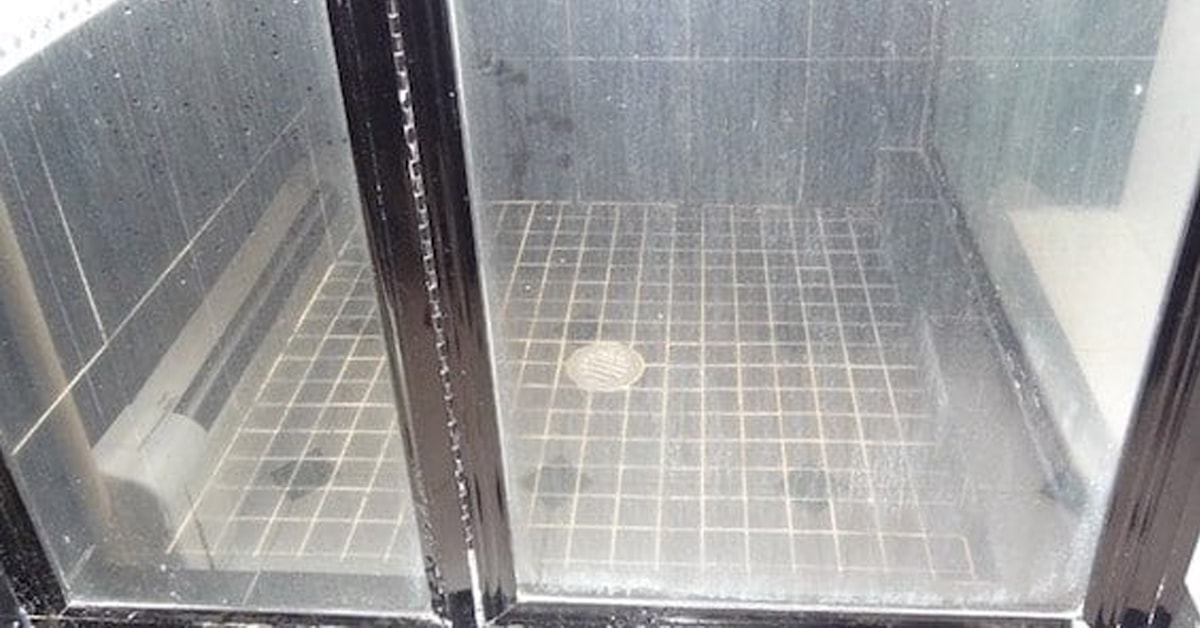
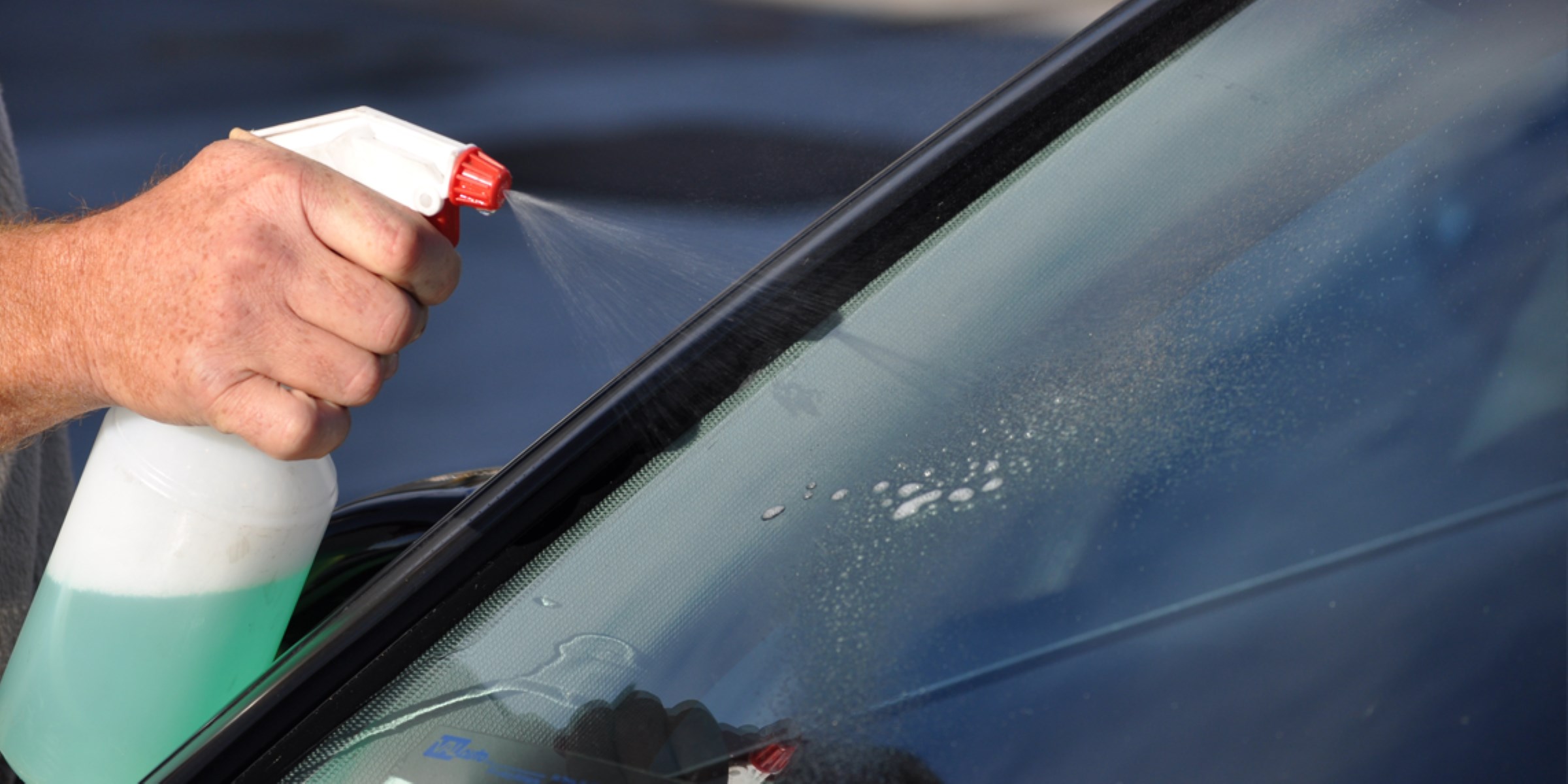
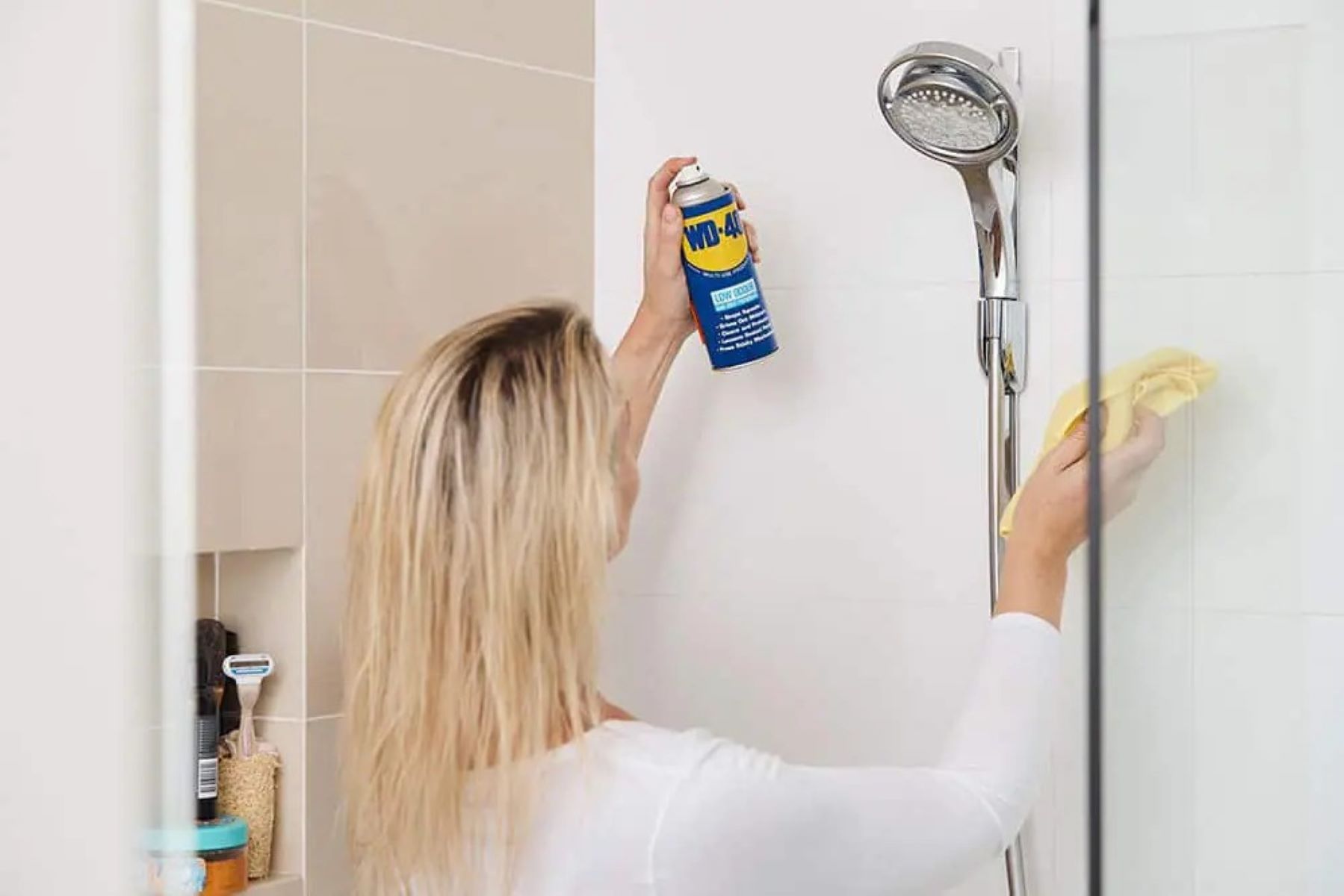
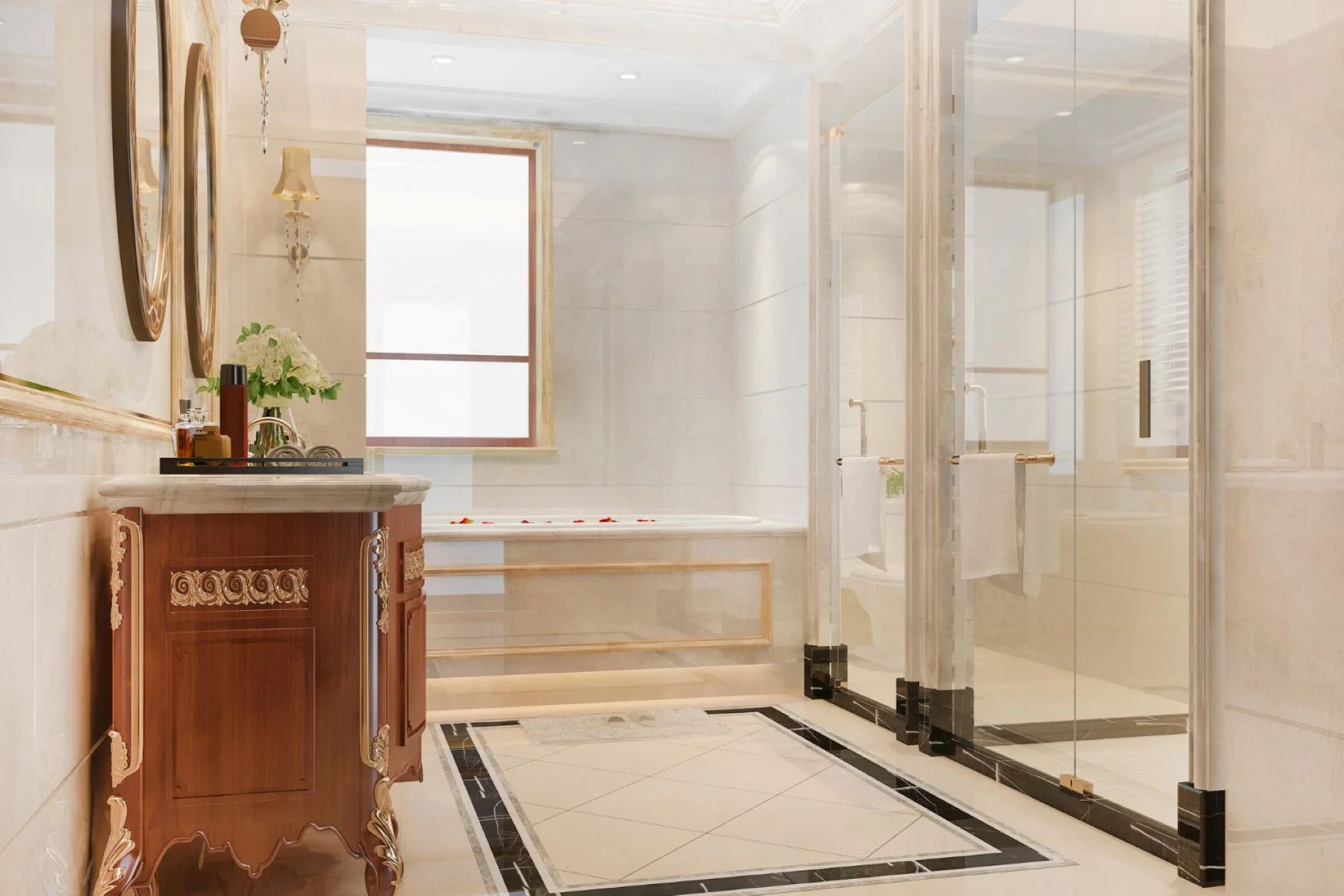
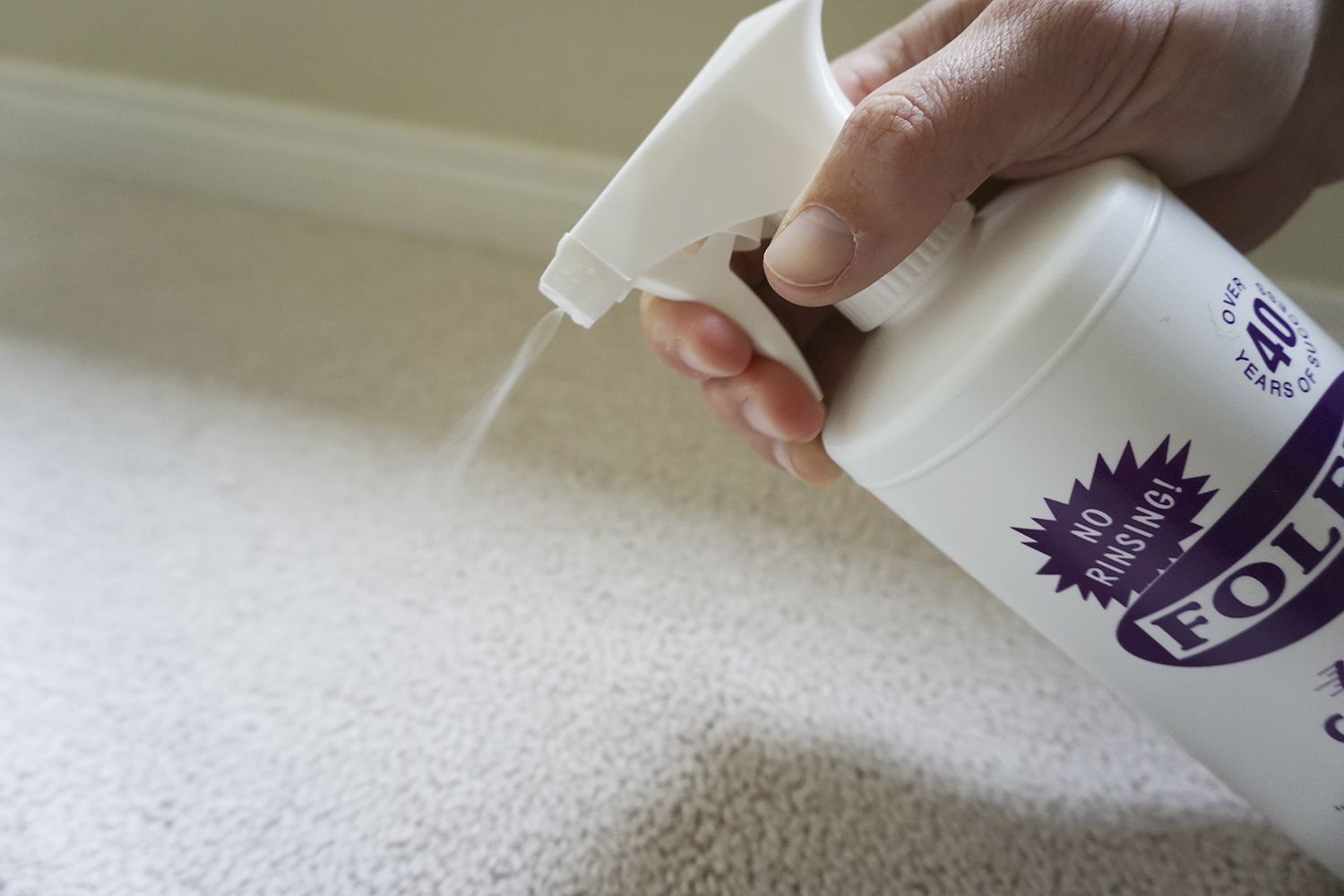
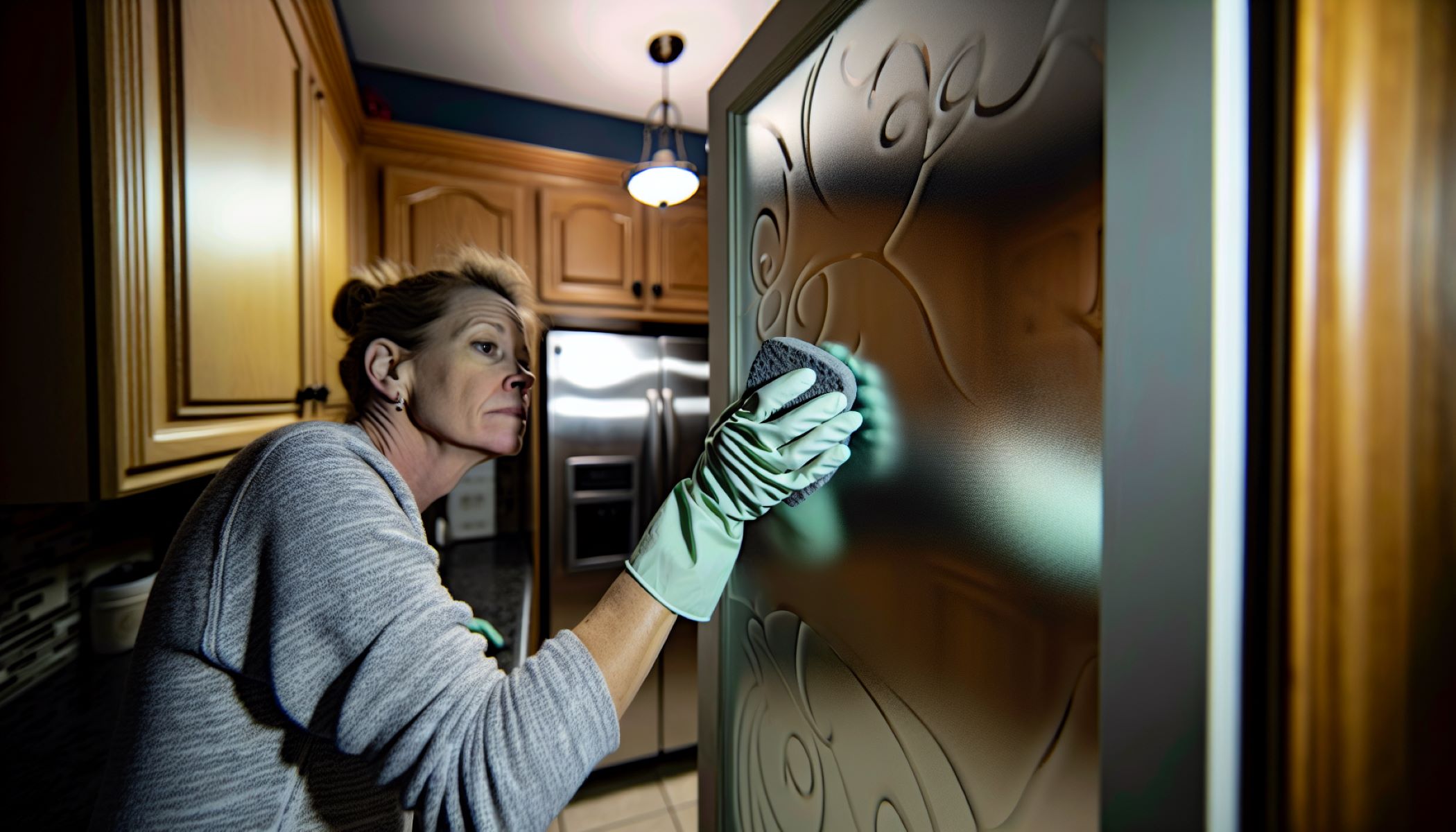
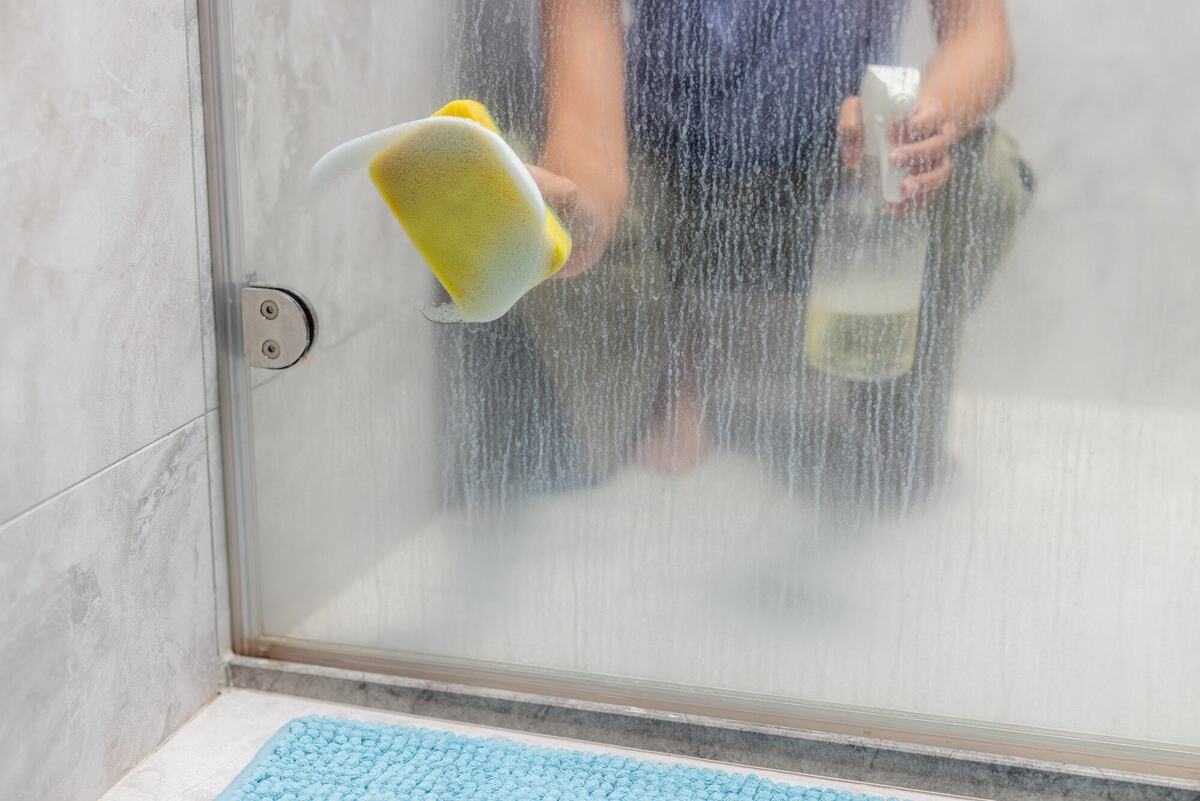
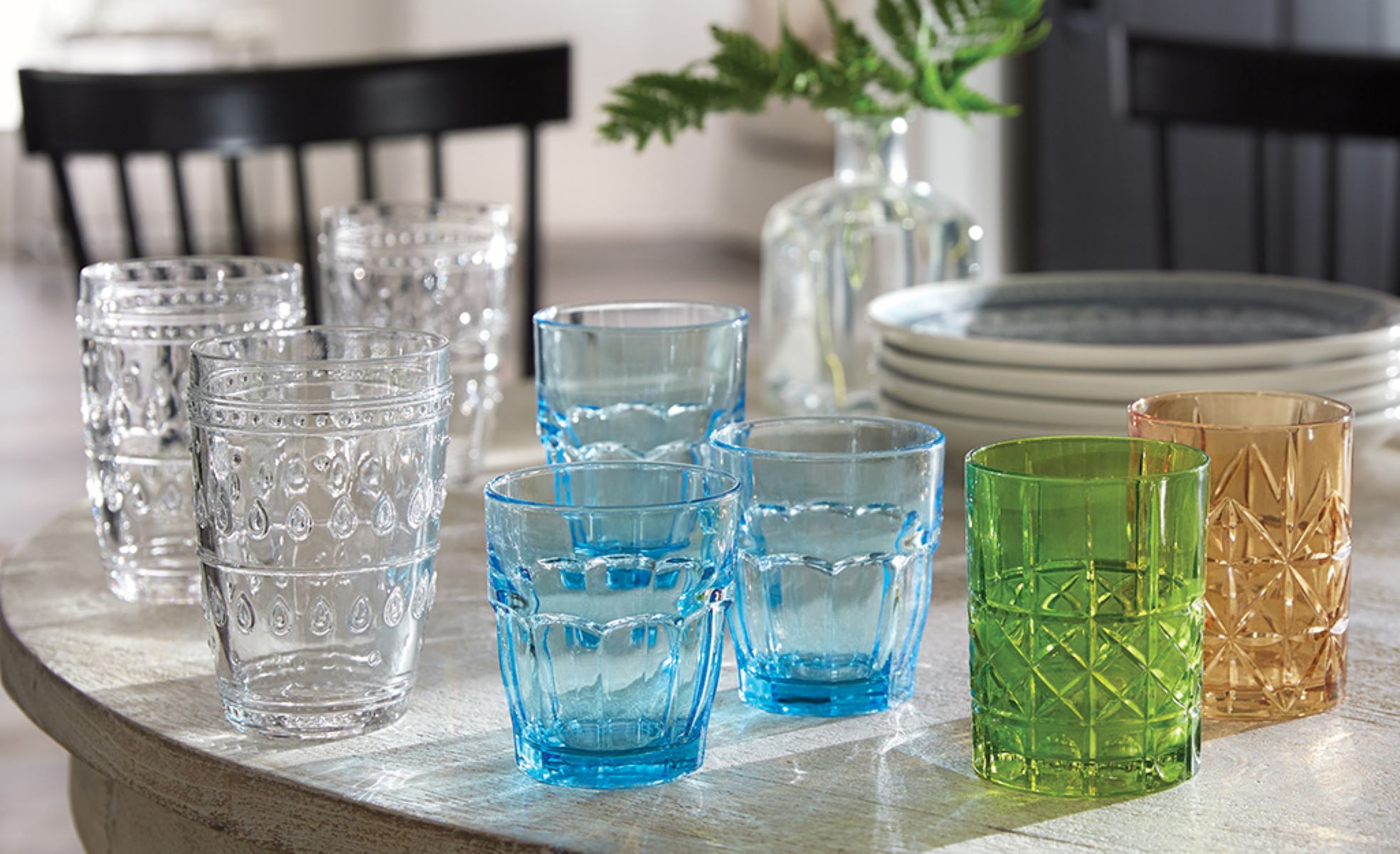
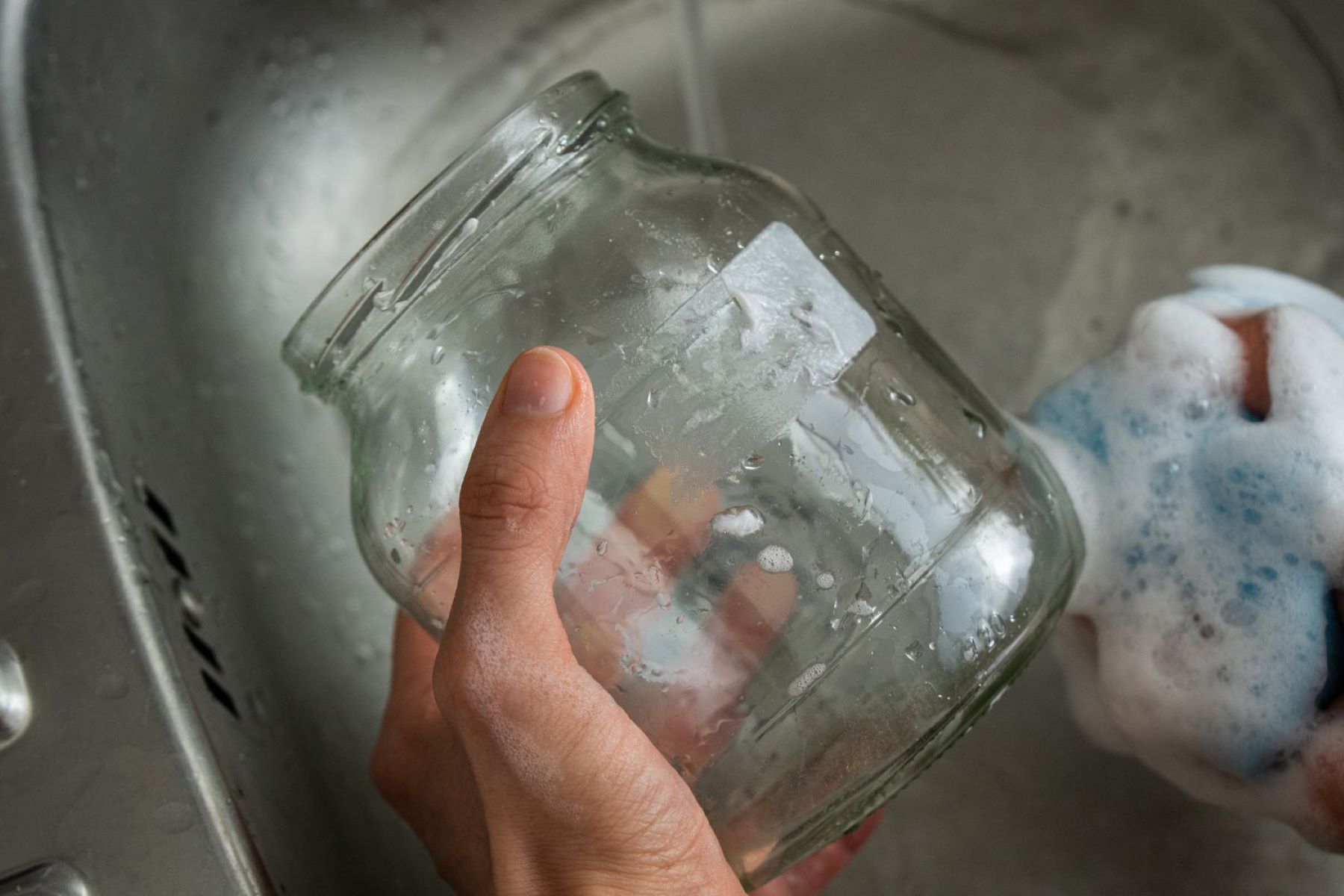
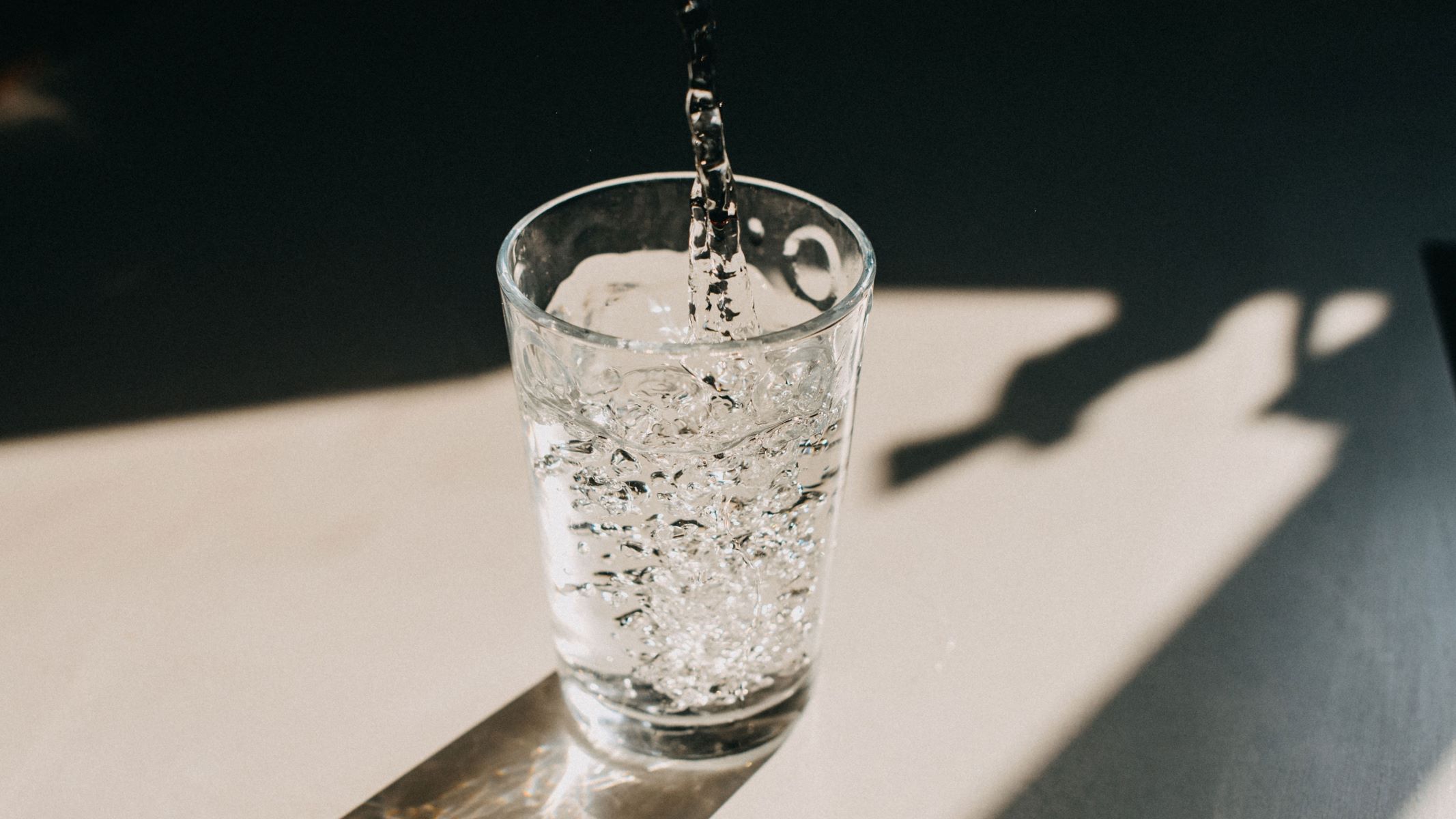
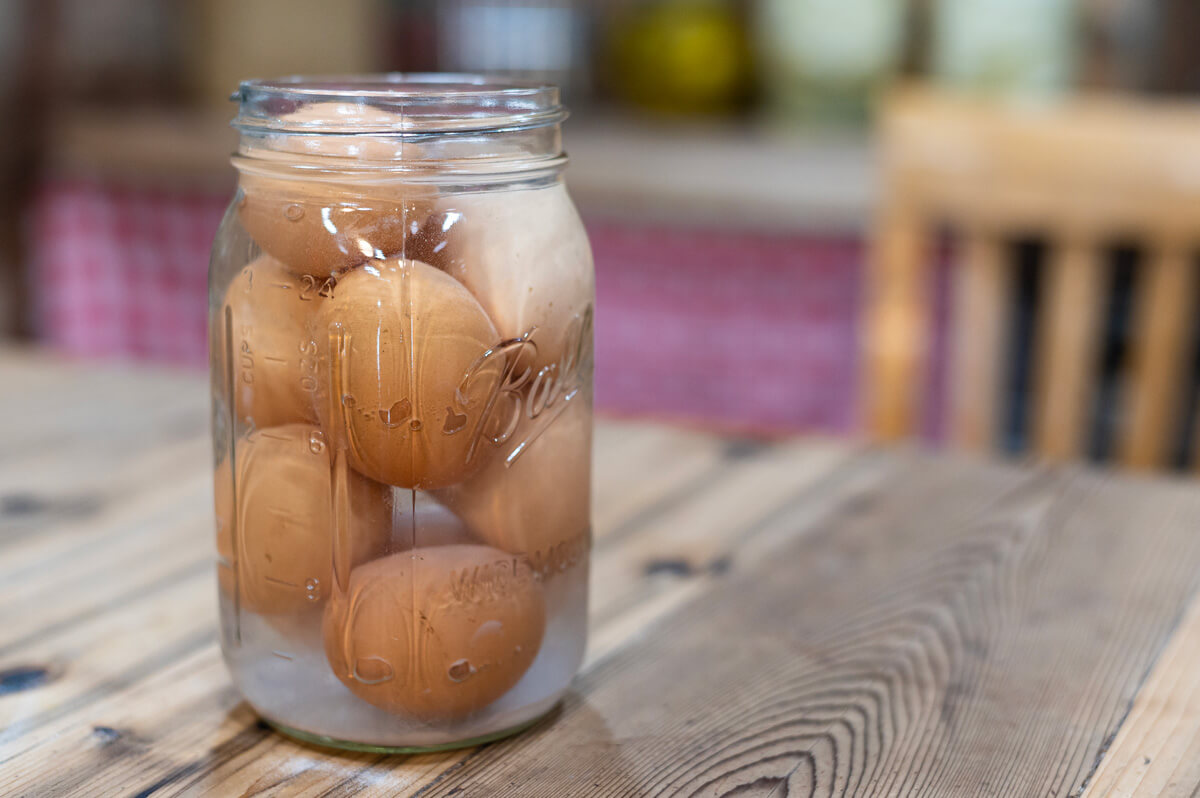
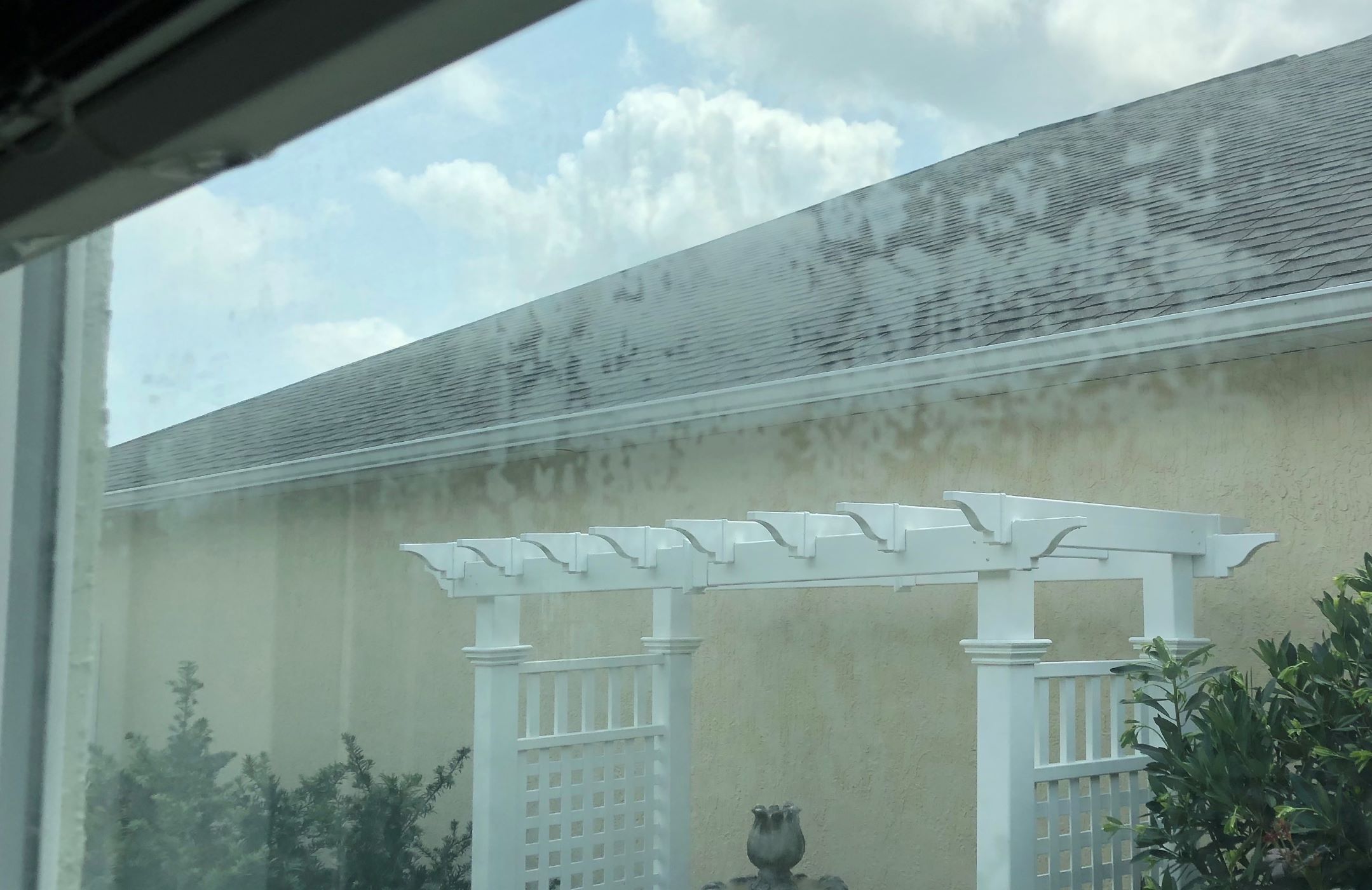

0 thoughts on “How To Remove Water Spots On Glass”